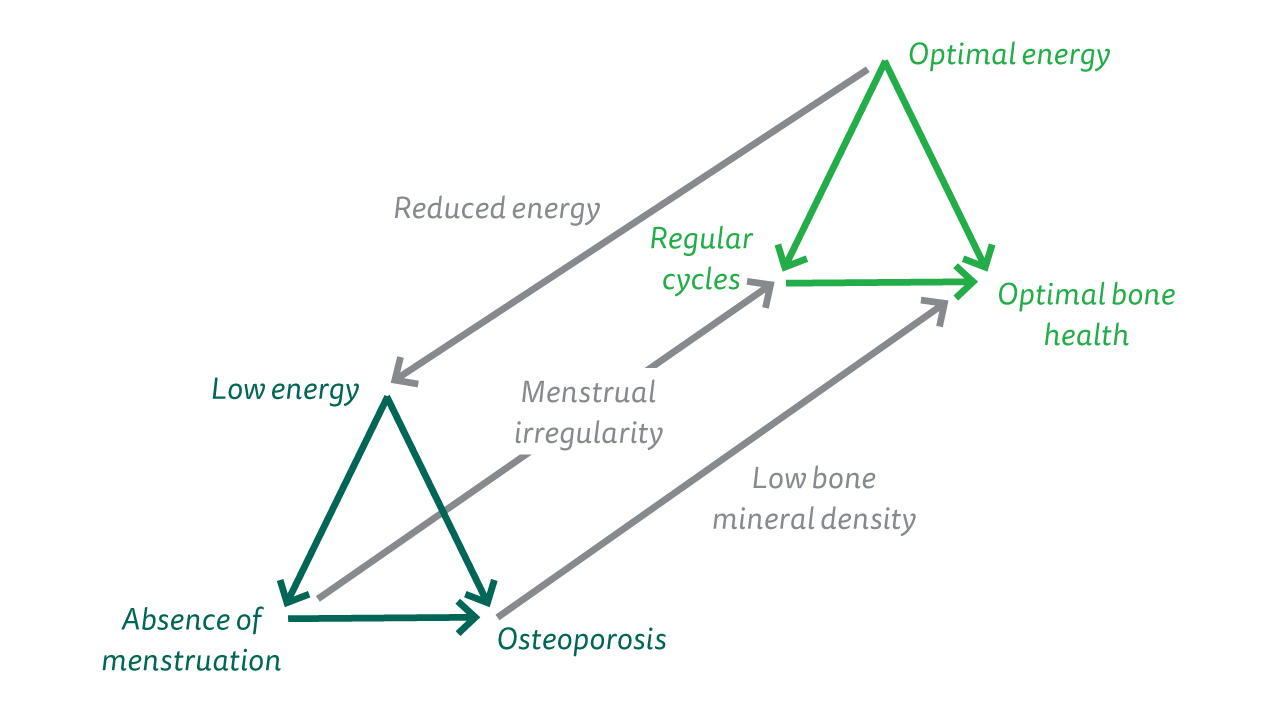- Doctors & Departments
-
Conditions & Advice
- Overview
- Conditions and Symptoms
- Symptom Checker
- Parent Resources
- The Connection Journey
- Calm A Crying Baby
- Sports Articles
- Dosage Tables
- Baby Guide
-
Your Visit
- Overview
- Prepare for Your Visit
- Your Overnight Stay
- Send a Cheer Card
- Family and Patient Resources
- Patient Cost Estimate
- Insurance and Financial Resources
- Online Bill Pay
- Medical Records
- Policies and Procedures
- We Ask Because We Care
Click to find the locations nearest youFind locations by region
See all locations -
Community
- Overview
- Addressing the Youth Mental Health Crisis
- Calendar of Events
- Child Health Advocacy
- Community Health
- Community Partners
- Corporate Relations
- Global Health
- Patient Advocacy
- Patient Stories
- Pediatric Affiliations
- Support Children’s Colorado
- Specialty Outreach Clinics
Your Support Matters
Upcoming Events
Colorado Hospitals Substance Exposed Newborn Quality Improvement Collaborative CHoSEN Conference (Hybrid)
Monday, April 29, 2024The CHoSEN Collaborative is an effort to increase consistency in...
-
Research & Innovation
- Overview
- Pediatric Clinical Trials
- Q: Pediatric Health Advances
- Discoveries and Milestones
- Training and Internships
- Academic Affiliation
- Investigator Resources
- Funding Opportunities
- Center For Innovation
- Support Our Research
- Research Areas

It starts with a Q:
For the latest cutting-edge research, innovative collaborations and remarkable discoveries in child health, read stories from across all our areas of study in Q: Advances and Answers in Pediatric Health.


The Female Athlete Triad

For any athlete, good nutrition is essential to performance. Especially in high-output sports like gymnastics, soccer and track, rigorous training demands high energy input to keep the body at its peak.
Unfortunately, many female athletes underestimate their caloric needs, sometimes drastically. This nutrition imbalance can lead to a performance-sapping and potentially dangerous set of symptoms known as the female athlete triad:
- Low energy availability
- Menstrual dysfunction
- Low bone mineral density
Low energy availability
Low energy availability results when the body has more calories going out than coming in. This imbalance can occur when athletes consume too few calories relative to their activity level. It can also be due to disordered eating, which, whether due to societal pressures or other factors, tends to occur more commonly in female athletes.
Menstrual dysfunction
If an adolescent girl has not begun having periods by age 15, misses three consecutive periods or frequently has periods that occur more than 35 days apart, that’s menstrual dysfunction. Persistent low energy availability can affect hormone levels that regulate menstrual cycles. Young female athletes with signs of menstrual dysfunction should see a healthcare provider for further evaluation.
Bone mineral density
Altered hormone levels can also lead to low bone mineral density and ultimately, in severe cases, osteoporosis. Bone mineral density accumulates primarily during childhood and adolescence, so it’s especially important to promote good bone health during this time.
Stress fractures can be an indication of low bone mineral density and should prompt an evaluation for other components of the female athlete triad.
Risk factors for the female athlete triad
Particularly susceptible to the triad are young female athletes who participate in high-energy output sports or sports that emphasize a lean physique, such as:
- Gymnastics
- Dance
- Figure skating
- Running
The following symptoms indicate a female athlete may be struggling with one or more aspects of the triad:
- Fatigue or decrease in performance
- Preoccupation with food, weight loss or body image
- Stress fractures
- Depression or low self-esteem
The female athlete triad spectrum
The female athlete triad is a spectrum, with high energy, optimal bone health and normal menstrual cycles on the healthy end, and loss of periods, low energy availability and osteoporosis at the unhealthy end.

How to prevent and treat the female athlete triad
Proper nutrition is very important to preventing and managing the female athlete triad. To optimize bone health, adolescents should get 1300 milligrams of calcium and 600 international units of vitamin D daily.
Early recognition is key to treatment. If you notice elements of the female athlete triad, the Sports Medicine Center at Children’s Hospital Colorado can evaluate and help get female athletes back to performing at the top of their game.



 720-777-0123
720-777-0123



